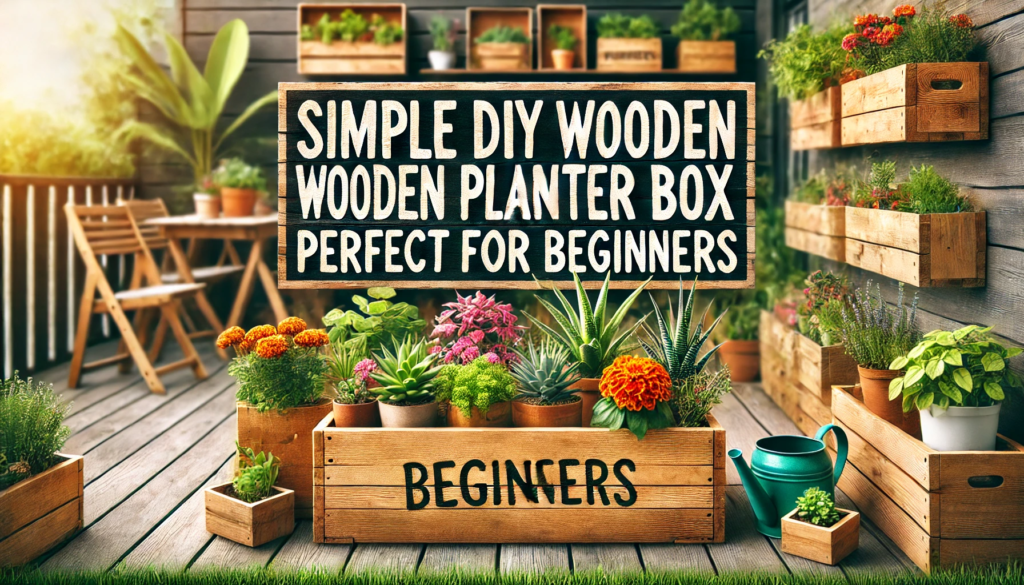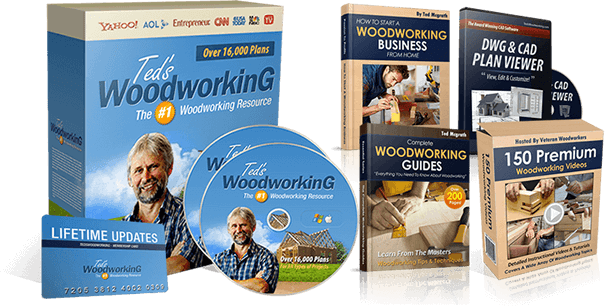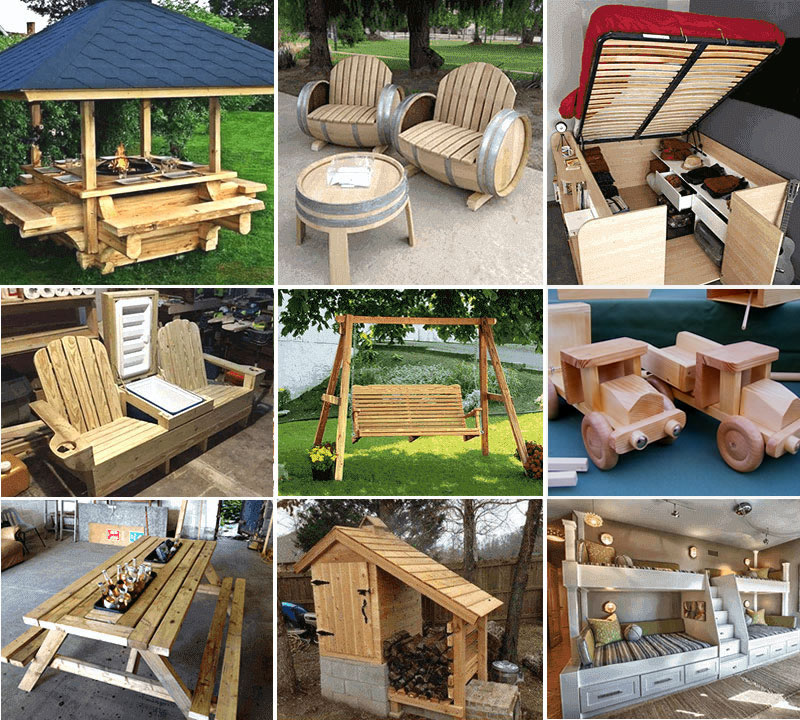Simple DIY Wooden Planter Box Ideas Perfect for Beginners
Creating your own wooden planter box is an exciting way to enhance your garden or balcony. Not only are these planters easy to build, but they also bring a rustic, handmade charm to your outdoor space. Even if you’re a complete novice in woodworking, this guide will walk you through simple ideas and techniques to build beautiful, functional planter boxes.

👉 Click here to unlock 16,000+ DIY woodworking plans now
Why Choose DIY Wooden Planter Boxes?
Building your own planter boxes allows you to customize them to fit your space and needs. Whether you want a sleek modern look or a rustic farmhouse vibe, you’re in control. Plus, crafting them yourself can save money compared to buying pre-made options.
“The beauty of creating something yourself lies not just in the finished product, but in the story and effort behind it.” – Anonymous
Materials and Tools Required
Here’s a quick reference table to help you gather everything you’ll need:
| Materials | Tools |
|---|---|
| Cedar or pine wood planks | Tape measure |
| Galvanized screws | Hand saw or power saw |
| Landscape fabric | Drill |
| Wood stain or paint | Sandpaper |
| Exterior-grade wood glue | Screwdriver |
Beginner-Friendly Wooden Planter Box Ideas
1. Classic Rectangular Planter Box
The rectangular planter box is a timeless option. Ideal for vegetables, flowers, or herbs, it’s easy to build and can fit into any space.
2. Compact Window Box
Perfect for small spaces, window boxes can be mounted outside your windows to grow vibrant flowers or fresh herbs.
3. Tiered Planter Box
If you’re working with limited space, a tiered design lets you grow multiple plants vertically, making it a great option for small patios.
4. Rustic Wooden Crate Planter
Repurpose old wooden crates by lining them with landscape fabric and adding a drainage layer. This is an affordable and eco-friendly option.
5. Vertical Herb Garden Planter
This innovative idea involves stacking wooden boxes or attaching smaller boxes to a wooden frame, creating a vertical garden. It’s perfect for fresh herbs.
Start Your Next Project With Teds’ Archive Of 16,000 Plans!
Instant access to all 16,000 woodworking plans with step-by-step details, photos, materials lists and more
Monthly free plans with lifetime membership access – No renewals, recurring fees or other charges


Step-by-Step Guide to Building a Planter Box
Step 1: Measure and Cut Your Wood
Decide on the size of your planter box. Use a tape measure to mark the dimensions on the wood and cut the pieces to size using a saw.
Step 2: Assemble the Frame
Lay out the cut wood pieces and use screws and wood glue to attach the sides, forming a rectangular frame. Ensure the corners are aligned for stability.
Step 3: Add a Bottom Panel
Attach a base panel to the frame, leaving small gaps or drilling holes for drainage.
Step 4: Sand and Smooth
Use sandpaper to smooth out rough edges, ensuring the planter box is safe to handle and has a polished finish.
Step 5: Apply a Protective Finish
Coat the wood with weatherproof paint or stain to protect it from moisture and sunlight.
Step 6: Add a Liner
Line the interior with landscape fabric to prevent soil from leaking and to protect the wood from rotting.
Planting Tips for Wooden Planter Boxes
Once your planter box is ready, follow these steps to ensure healthy plants:
- Layer the Bottom: Add gravel or small rocks for drainage.
- Fill with Soil: Use high-quality potting soil mixed with compost for optimal growth.
- Choose Plants: Select plants suited to the size of your planter and your climate.
- Water Regularly: Ensure consistent moisture but avoid overwatering to prevent root rot.
Creative Finishing Touches
Make your planter box stand out with these ideas:
- Paint: Add a splash of color to match your outdoor decor.
- Stencils: Use stencils to create unique patterns or designs.
- Handles: Attach side handles for portability.
Advantages of DIY Wooden Planter Boxes
- Cost-Effective: Building your own planter box is often cheaper than buying one.
- Customizable: You can create a planter that fits perfectly into your space and meets your gardening needs.
- Eco-Friendly: Using recycled wood reduces waste and is a sustainable option.
Common Mistakes to Avoid
- Ignoring Drainage: Always include drainage holes or a gravel layer to prevent waterlogging.
- Choosing the Wrong Wood: Opt for rot-resistant wood like cedar or apply a weatherproof finish.
- Overfilling with Soil: Avoid overloading your planter box with soil to maintain its structural integrity.
🎥✨ Watch This Video Presentation Now! 👉


Conclusion
Crafting a DIY wooden planter box is a rewarding project that adds both beauty and functionality to your garden. With a little creativity and effort, even beginners can create stunning planters that last for years.
“Gardening adds years to your life and life to your years.” – Unknown
FAQs
- What type of wood should I use for planter boxes?
Cedar or redwood is best as they are naturally resistant to rot and decay. - How do I protect my wooden planter box from rotting?
Apply a waterproof sealant and use a landscape fabric liner. - Can I make a planter box without power tools?
Yes, a hand saw and screwdriver are sufficient for small planter boxes. - What plants grow well in wooden planter boxes?
Herbs, flowers, vegetables like lettuce, and even small shrubs thrive in planter boxes. - How deep should a planter box be?
A depth of 6–12 inches is ideal for most plants, but deeper boxes may be needed for root vegetables.
👉 Click here to unlock 16,000+ DIY woodworking plans now
